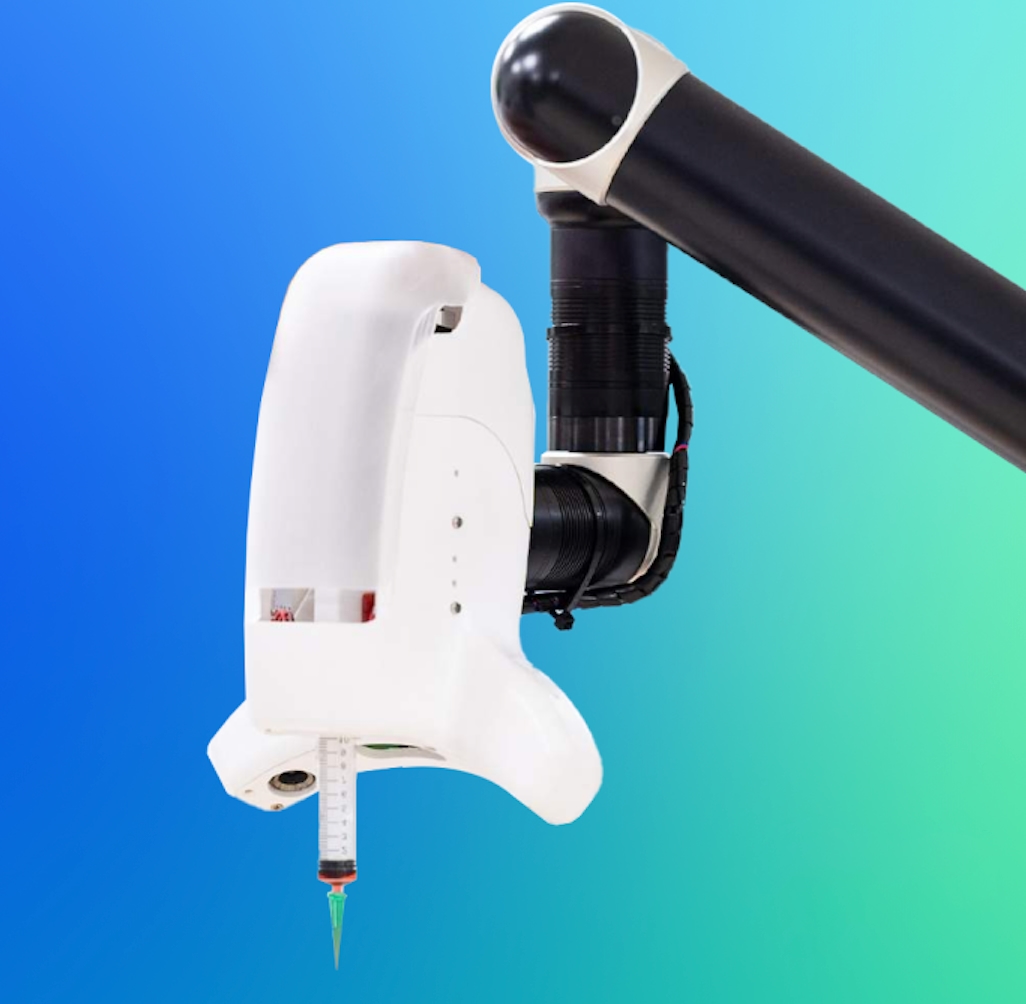Catalog
Equipment
2224 products
View:
- Selected: 0Areas of use
- Selected: 0Item names
- Selected: 0Manufacturer
- Selected: 0Made in
- Selected: 0Additional
View:
2224 products
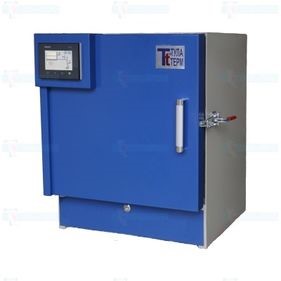
Vacuum drying cabinet with automatic adjustment SNVS-50/5
The series is designed for heat treatment according to pre-created programs. The presence of remote control and a number of software options allows you to use the product for long-term heat treatment modes.
Vacuum drying cabinets can be used for:
- gentle drying of thermo- and oxygen-sensitive substances, such as food, medicinal, cosmetic products;
- complete removal of residual moisture from heat-sensitive components with a complex shape, such as components of electronic equipment, jewelry, watches and other precision mechanics;
- removal of air when filling the molds with a compound, followed by solidification at a given temperature;
- removing air from the product and replacing it with another necessary gas medium;
- tempering, annealing or aging of metals with the appropriate processing temperature in a vacuum or protective environment;
- drying of products after washing in flammable solvents (special version);
- testing of devices under low pressure conditions under various temperature conditions.
Tula-Term
Tula
Produced in: Tula
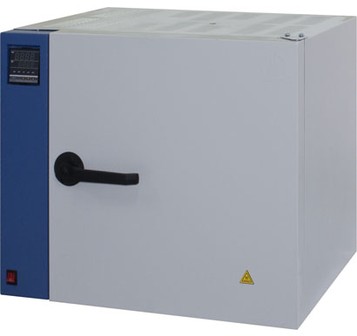
Drying cabinet LF-120/300-GS1
Design features:
Microprocessor temperature controller;
Four-sided heating;
Natural air convection in the working chamber;
Camera material – stainless steel;
Bright LED display;
Conveniently located control panel;
LED indicators of heater operation and protection operation;
Alarm when the current temperature exceeds the limits of the permissible range;
Reliable door closing mechanism;
High-quality silicone sealer;
Highly efficient thermal insulation of the housing;
The case is made of high-quality sheet steel and painted with heat-resistant powder paint;
Number of shelves: standard – 2, maximum – 8.
Technical specifications:
Maximum heating temperature, °C +300
The error of reproducing the set temperature, ° C ± 5
Temperature maintenance error, ° C ± 2
Warm-up time to maximum temperature, no more, min 45
Dimensions of the working chamber, (WxHxD), not less than mm 440x500x475
Overall dimensions, (WxHxD), not more than mm 785x680x735
Rated supply voltage, 220 V
Rated power, W 2200
LOIP
Saint Petersburg
Produced in: Saint Petersburg
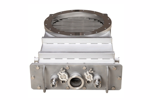
LAP-400P Nitrogen Flow Vacuum Trap
The nitrogen flow trap LAP-400P is designed to protect vacuum pumps from contamination in the form of vapors of resins, oils and adhesives by freezing them on cooled surfaces with the possibility of their removal, and to prevent the penetration of vapors of working fluids of vacuum pumps into the pumped vessel.
Vakuummash
Kazan
Produced in: Kazan
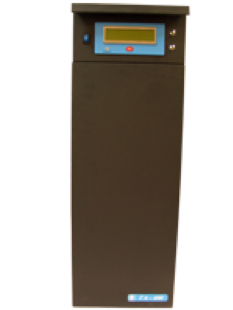
Nitrogen Generator GA-1200
from
516 000 ₽
The nitrogen generator is designed to create an inert atmosphere, fill low-pressure tanks, "wash" test tubes with inert gas and other applications that require a large, by laboratory standards, nitrogen consumption with reduced requirements for its purity.
Technical specifications
Volume fraction of nitrogen is not less than 99.0 % by volume (including impurities of inert gases — argon, neon, helium)
Volume fraction of oxygen is not more than, 1.0 % vol.
Volume fraction of water vapor is not more than 0.002 % vol. (20 ppm)
Maximum nitrogen capacity:
at an inlet air pressure of 7 ati is at least 1380 l/h (23 l/min)
The time of setting the operating mode for single-shift operation is no more than 30 min
Minimum inlet air pressure is 7 ati
Maximum allowable inlet air pressure is 8.5 ati
Compressed air consumption, at nominal inlet pressure and maximum flow rate is no more than 150 l/min
Power consumption is not more than 200 VA
Overall dimensions, (width x depth x height) are not more than 230x580x680 mm
Weight is not more than 38 kg
Working conditions:
ambient temperature, C°, from +10 to +35
Electric power supply from
single-phase AC mains voltage, V, 220± 10%
and frequency, Hz, 50 ± 1
Average full service life is at least 6 years
The generator for electrical safety meets the requirements of Class 1, type H according to GOST 12.2.025-76
NPP Himelektronika
Moscow
Produced in: Moscow
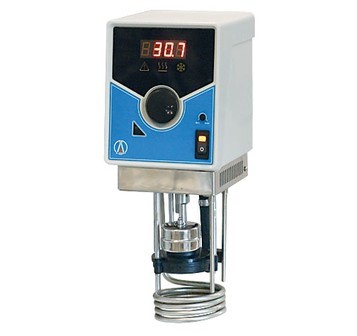
Immersion thermostat circulator LT-200
Technical specifications:
Temperature range:
without external cooling, °C
T okr+10 ... +200
with tap water cooling °C
T of water+5 ...+200
Accuracy of temperature maintenance, °C ± 0.1
The error of setting the set temperature, no more than ° C ± 0.2
Heater power, W 2000
Pump:
max. flow rate, l/min 10.5
pressure, 0.27 bar
The working fluid is water, water-glycerin mixture, silicone oil.
Dimensions, mm 123x190x325
Weight, kg 3.3
LOIP
Saint Petersburg
Produced in: Saint Petersburg
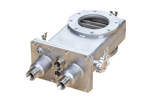
LAP-100P Nitrogen Flow Vacuum Trap
The nitrogen flow trap LAP-100P is designed to protect vacuum pumps from contamination in the form of vapors of resins, oils and adhesives by freezing them on cooled surfaces with the possibility of their removal, and to prevent the penetration of vapors of working fluids of vacuum pumps into the pumped vessel.
Vakuummash
Kazan
Produced in: Kazan
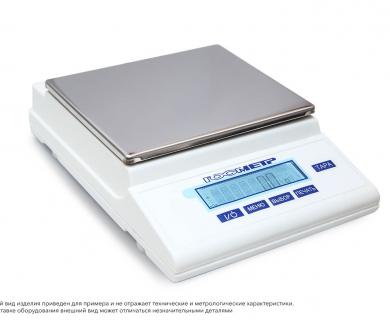
Laboratory scales VLTE-2100/5100
from
57 490 ₽
Technical specifications:
NIP, g 2100/5100
Discreteness, g 0.01/0.1
External calibration
The size of the scale bowl / platform, mm175x145
The smallest weighing limit, g0.5/5.0
The price of the verification scale division, mg100/1000
Limits of permissible error during primary verification, mgot 0.5g to 500g incl. ±50/±500; sv. 500g to 2000g incl. ±100/±500; sv. 2000g to 2100g incl. ±150/±500; sv. 2100g to 5000g incl. ±500; sv. 5000g to 5100g incl. ±1000 according to GOST OIML R 76-1-2011
Accuracy class according to GOST OIML R 76-1-2011II high The time of setting the readings, s, no more than ~3 /~2 Weight adjustment 2kgF2*
7 years warranty
Gosmetr
Saint Petersburg
Produced in: Saint Petersburg

MARK-603
Measurement of electrical conductivity (UEP, UEP25), equivalent salinity and temperature of water and aqueous solutions, including deionized and "ultrapure".
Operational control of water-chemical regimes at thermal power facilities.
Control of electrical conductivity of water for laboratory analysis of 1, 2 degrees of purity according to GOST 52501-2005.
24-month warranty for deliveries across the Russian Federation Double automatic temperature compensation (ATC)
Allows high-precision measurements of the conductivity of "ultrapure" water
Selection of the coefficient of
thermal compensation at the request of the User
Stainless steel flow-immersion sensor
Does not require calibration. The sensor design ensures the stability of the permanent cell
Electronic notebook
Ability to record up to 500 measurement groups in User-named folders
Self-diagnosis
Ion exchange column with sample current switch
IP65
The compact sealed device is reliably protected from dust and moisture
USB port, software included
Graphic indicator with backlight
Low power consumption
Up to 600 hours of continuous operation from a set of AA type elements
VZOR
Nizhny Novgorod
Produced in: Nizhny Novgorod
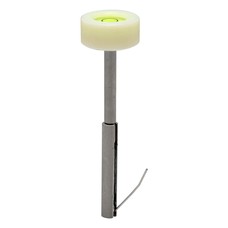
Vertical indicator VIS-T-I
It is suitable for all types of viscometers.
It is placed in a thick tube of a capillary viscometer and allows you to evaluate the verticality of its installation by the position of the bubble indicator
Termeks
Tomsk
Produced in: Tomsk
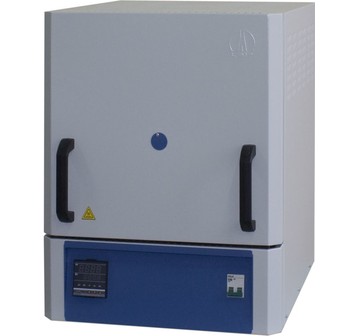
Muffle furnace LF-15/13-G
Design features:
Durable ceramic muffle;
Semi-open heaters on four sides of the chamber;
Microprocessor temperature controller;
Conveniently located control panel and bright LED display;
Ease of management and control;
LED indicators of heater operation and protection operation;
Automatic shutdown of heating when opening the door;
The door opens up and faces the user with the cold side;
Alarm when the current temperature exceeds the limits of the permissible range;
Highly efficient thermal insulation of the housing;
The furnace body is made of high-quality sheet steel and painted with heat-resistant powder paint.
Technical specifications:
Maximum heating temperature, °C +1300
Temperature stability in steady-state thermal mode, °C ± 10
Warm-up time to the maximum temperature, no more than 120 min
Dimensions of the working chamber, WxHxD, not less than mm 215x190x330
Overall dimensions, WxHxD, not more than mm 525x655x680
Rated supply voltage, 220 V
Rated power, W 6100
LOIP
Saint Petersburg
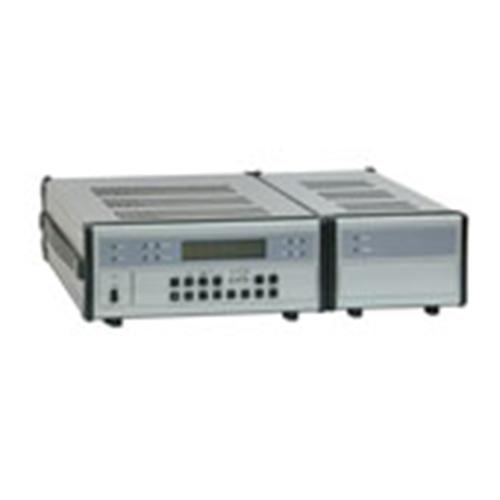

NVDM-100 High-vacuum Diffusion Pump
The operation of the NVDM-100 diffusion pump is based on the capture and transfer of the pumped gas by a steam jet flowing from the slit gaps of the steam line nozzles towards the outlet flange. The oil reflector of the NVDM-100 diffusion pump is a cap with a cooling tube soldered onto it with fittings. The open heater of the NVDM-100 diffusion pump is a metal housing with a ceramic base laid in it with a heating element made in the form of a spiral of nichrome wire.
During the operation of the pump, it is necessary to monitor the flow rate and temperature of the cooling water, the level of the working fluid and its temperature. Replacement or refilling of the working fluid depends on the operating mode of the pump (inlet pressure, pumping duration, etc.) and the composition of the pumped medium. Therefore, the time after which the working fluid is replaced or refilled can be from 100 to 1000 or more hours. A large flow rate of the working fluid is observed when the pump is operating in the range of inlet pressures from 6.6×10-2 to 13.3 Pa (from 5×10-4 to 1×10-1 mm Hg).
Water at the inlet to the cooling systems of the housing and oil reflector should be supplied with a pressure of no more than 0.5 MPa (5 kgf / cm2) and temperature from plus 4˚C to plus 25˚C. The recommended cooling water consumption is 35+5 l/h and is regulated by the outlet water temperature, which should not exceed plus 40˚C. The water drain should be free (with a jet break). Not allowed: operation of the pump without water cooling, exceeding the maximum exhaust pressure of 35 Pa (0.263 mm Hg). The level of the working fluid during operation, at which the parameters of the NVDM-100 diffusion pump are provided, must correspond to min 7mm, max 11mm. The volume of the filled working fluid is 0.07/
Vakuummash
Kazan
Produced in: Kazan
